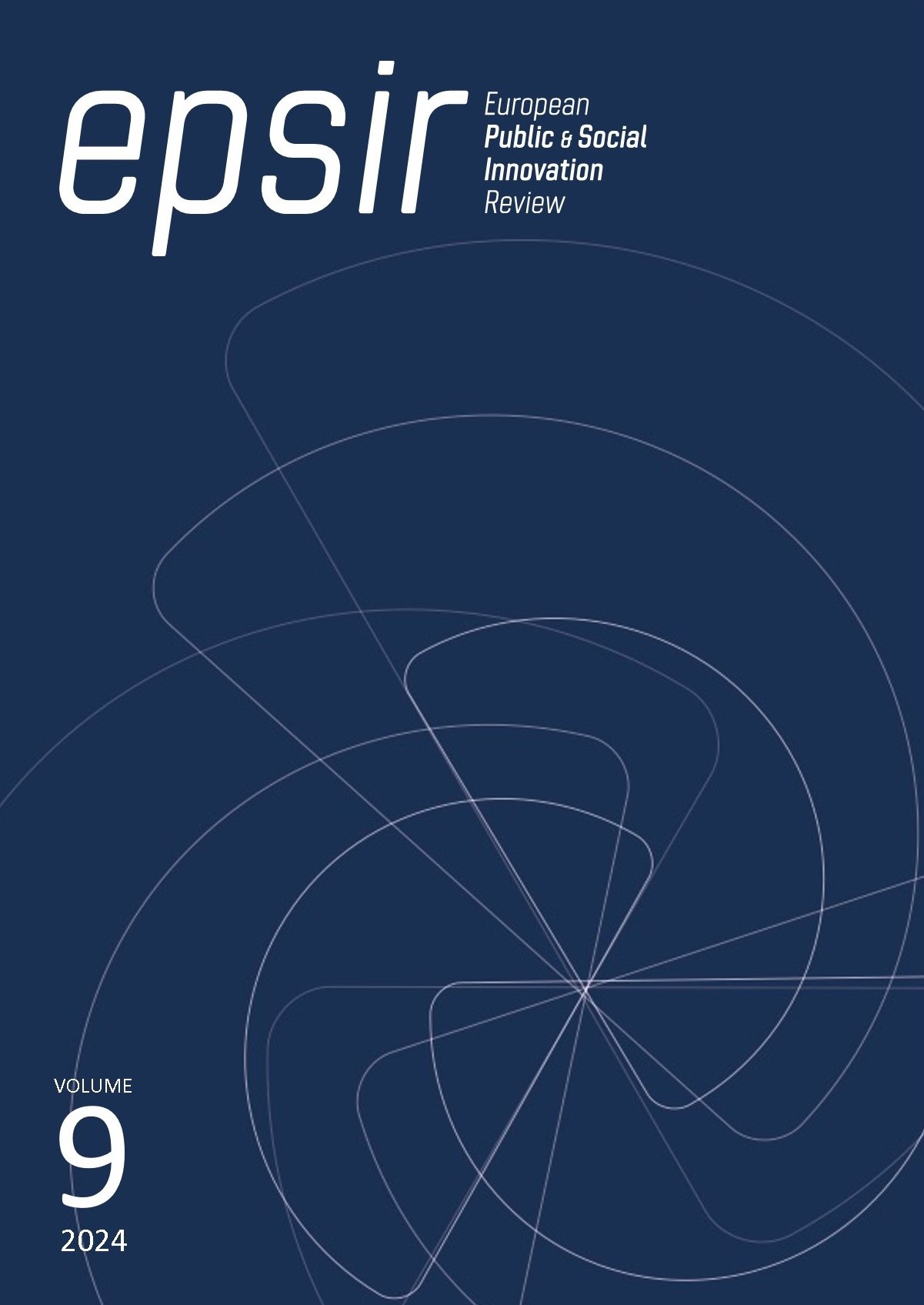Digital Literacy: five-step selective attention technique to understand technology and adapt to changes
DOI:
https://doi.org/10.31637/epsir-2024-1404Keywords:
digital literacy, Adaptation, digital tools, selective attention, learning technique, metacognition, learning styles, DigComp 2.2Abstract
Introduction: digital literacy is essential in today's society to acquire skills that allow individuals to navigate and be autonomous in digital environments. This documentary research developed a five-step selective attention technique (locate, explore, select, analyze, and learn) to optimize digital learning through metacognition and learning styles. Methodology: a literature review was conducted on digital literacy, meaningful learning, computer science, computing, Bloom's taxonomy, neuroscience, and learning styles, using qualitative techniques to identify patterns. Results: the results are illustrated in nine figures that theoretically relate the technique to various disciplines, explaining how it can improve digital skills in adults and promote adaptive digital literacy. Discussion: the technique integrates with the DigComp 2.2 framework and promotes understanding and adaptation to technological change. Although no quantitative data were obtained, the research provides a theoretical basis for future investigations. Conclusions: personalizing training programs according to learning styles and incorporating metacognitive strategies can enhance technological autonomy, facilitating adaptation to changes in software and digital tools. This suggests significant potential for improving adults' understanding and adaptation in the digital society.
Downloads
References
Ausubel, D. P. (1976). Psicología educativa. Un punto de vista cognoscitivo. Trillas.
Ávila, R. (2022). Animación, usabilidad y experiencia de usuario en el ámbito del diseño de interfaces: una nueva propuesta taxonómica [Tesis Doctoral]. Universidad Complutense de Madrid. https://bit.ly/3WZo090
Churches, A. (1 de octubre de 2009). Taxonomía de Bloom para la Era Digital. Eduteka. https://eduteka.icesi.edu.co/articulos/TaxonomiaBloomDigital
CogniFit Research. (s.f.). Plasticidad Neuronal y Cognición. https://www.cognifit.com/es/plasticidad-cerebral
Cuenca, A. A., Álvarez, M., Ontaneda, L. J., Ontaneda, E. A. y Ontaneda, S. E. (2009). La Taxonomía de Bloom para la era digital: actividades digitales docentes en octavo, noveno y décimo grado de Educación General Básica (EGB) en la Habilidad de «Comprender». Revista Espacios, 42(11), 11-25. https://bit.ly/3AJIOKi DOI: https://doi.org/10.48082/espacios-a21v42n11p02
Díaz-Barriga, F. y Hernández, G. (2010). Estrategias docentes para un aprendizaje significativo: una interpretación constructivista. McGraw-Hill.
Fleming, N. D. y Mills, C. (1992). Not Another Inventory, Rather a Catalyst for Reflection. To Improve the Academy, 11(1), 137-155. https://bit.ly/3Z5ob5l DOI: https://doi.org/10.1002/j.2334-4822.1992.tb00213.x
García, J. R. (2007). El modelo VARK: Instrumento diseñado para identificar estilos de enseñanza-aprendizaje. Universidad Pedagógica de Durango, 6, 85-89. https://dialnet.unirioja.es/servlet/articulo?codigo=2293085
George-Reyes, C. E. (2023). Imbricación del pensamiento computacional y la alfabetización digital en la educación. Modelación a partir de una revisión sistemática de la literatura. Revista Española de Documentación Científica, 46(1), 1-13. https://doi.org/10.3989/redc.2023.1.1922 DOI: https://doi.org/10.3989/redc.2023.1.1922
González, B., Alonso, C. y Rangel, R. (2012). El modelo VARK y el diseño de cursos en línea. Revista Mexicana de Bachillerato a Distancia, 8(4), 96-103. https://doi.org/10.22201/cuaed.20074751e.2012.8.44282 DOI: https://doi.org/10.22201/cuaed.20074751e.2012.8.44282
Morejón, S. (2020). Principios del proceso de Diseño de interfaz de usuario. Revista Cubana de Transformación Digital, 1(3), 143-155. https://rctd.uic.cu/rctd/article/view/96/33
Motoa, S. P. (2019). Pensamiento computacional. Revista Educación y Pensamiento, 26(26), 107-111. https://bit.ly/4dyaNLr
Rivas Navarro, M. (2023). Procesos Cognitivos y Aprendizaje Significativo. Editorial Académica.
Sierra, E. M. y León Pérez, M. Q. (2019). Plasticidad cerebral, una realidad neuronal. Revista de Ciencias Médicas de Pinar del Río, 23(4), 599-609. https://bit.ly/3AIfu6V
Velázquez, J. M. (1972). Curso Elemental de Psicología. Ediciones Rialp.
Vuorikari, R., Kluzer, S. y Punie, Y. (2022). DigComp 2.2, The Digital Competence Framework for Citizens: With New Examples of Knowledge, Skills and Attitudes. Oficina de Publicaciones de la Unión Europea. https://data.europa.eu/doi/10.2760/115376
Zafra, J. M. (2024). Sin exclusión. Telos: Inclusión Digital, 124, 6-7. https://bit.ly/3Z2FbJm
Downloads
Published
How to Cite
Issue
Section
License
Copyright (c) 2024 Victoria Mejías

This work is licensed under a Creative Commons Attribution-NonCommercial-NoDerivatives 4.0 International License.
Authors who publish with this journal agree to the following terms:- Authors retain copyright and grant the journal right of first publication with the work simultaneously licensed under Creative Commons Non Commercial, No Derivatives Attribution 4.0. International (CC BY-NC-ND 4.0.), that allows others to share the work with an acknowledgement of the work's authorship and initial publication in this journal.
- Authors are able to enter into separate, additional contractual arrangements for the non-exclusive distribution of the journal's published version of the work (e.g., post it to an institutional repository or publish it in a book), with an acknowledgement of its initial publication in this journal.
- Authors are permitted and encouraged to post their work online (e.g., in institutional repositories or on their website) prior to and during the submission process, as it can lead to productive exchanges, as well as earlier and greater citation of published work (See The Effect of Open Access).




